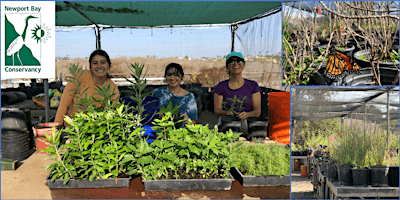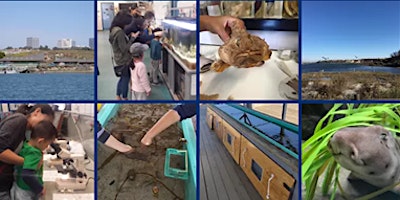Written by Andy Dang, NBC Naturalist 2019
Edited by Susan Jarratt, NBC Naturalist 2018
Unfortunately, we have not stopped the spread of the invasive Shot-Hole borer beetle but there are some promising treatments being researched.
The Shot-Hole bore beetle is an invasive insect species responsible for the deaths of many local trees, such as the California sycamore, in Southern California in recent years. Originating in Asia, this polyphagous insect can feed on multiple sources of food. They are capable of infecting over 300 plant species and can kill over 100 of those species by cultivating fungi, their primary food source, inside the plants they invade. These fungi disrupt the water and nutrient movements inside of infected plants.
There are three ways of dealing with Shot-Hole bore beetle infestations. First, we can remove dead or infected trees. Second is to apply insecticides, and third is to deprive the beetles of their food source by targeting the fungi on which they feed. Each of these methods has its drawbacks. And none has been able to halt infestations for more than ninety days.
A combination of treatments may be the most robust method of dealing with beetle infestations. Teams of researchers (cited below) have evaluated the effects of a combination treatments using a systemic insecticide with a fungicide on infected California sycamores. In their experiments, the combined treatment was found to be the most effective method of Shot-Hole bore beetle control. New instances of beetle attack were also severely reduced by this practice. Most promising, they found that preventative tree trunk injections of the treatments were much more effective than waiting for an infestation to occur and that tree management should still be implemented alongside the other treatments.
Despite this promise, we must be cautious with the use of pesticides. They are indiscriminate in their targets and are capable of devastating our native insect populations if used recklessly.
Although we have not yet found a catchall treatment in dealing with the Shot-Hole borer beetle infestation, progress has been made.
References
Grosman, Donald M, Akif Eskalen, and Cavell Brownie. “Evaluation of Emamectin Benzoate and Propiconazole for Management of a New Invasive Shot Hole Borer (Euwallacea Nr. Fornicatus, Coleoptera: Curculionidae) and Symbiotic Fungi in California Sycamores.” Journal of Economic Entomology 112, no. 3 (May 2019): 1267–73. https://doi.org/10.1093/jee/toy423.
Mayorquin, Joey S., et al. “Chemical Management of Invasive Shot Hole Borer and Fusarium Dieback in California Sycamore (Platanus Racemosa) in Southern California.” Plant Disease 102, no. 7 (July 2018): 1307–15. https://doi.org/10.1094/PDIS-10-17-1569-RE.
Wise, L. D., et al. “Developmental Neurotoxicity Evaluation of the Avermectin Pesticide, Emamectin Benzoate, in Sprague-Dawley Rats.” Neurotoxicology and Teratology 19, no. 4 (August 1997): 315–26. https://doi.org/10.1016/s0892-0362(97)00002-0.









